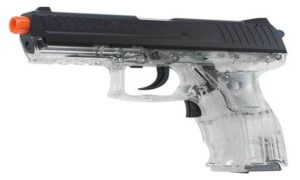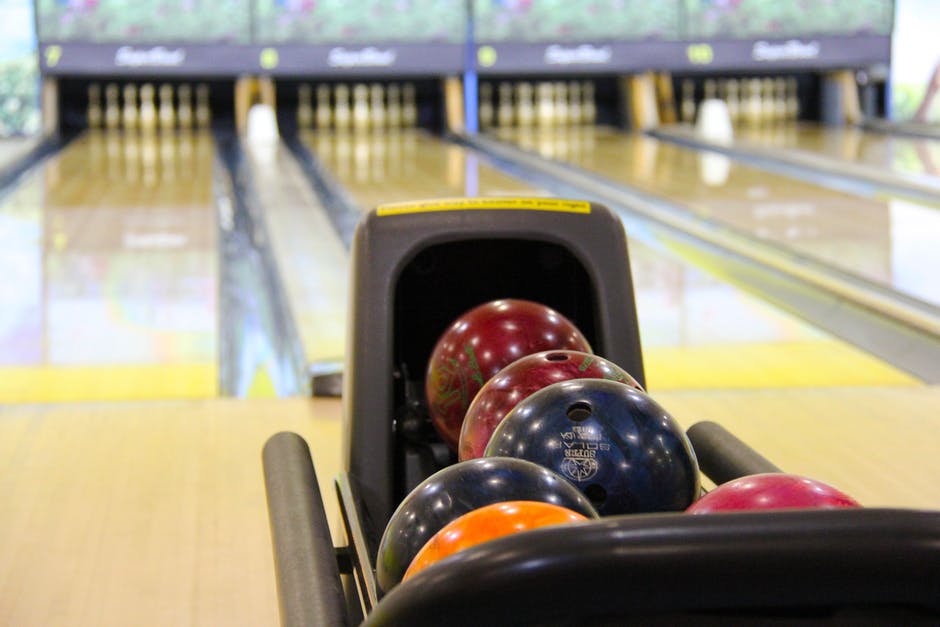An airsoft gun propels a small plastic pellet at varying speed of between 160 and 600 feet per second (FPS). Airsoft pistols are most typically used for law enforcement/military training purposes and military-like simulation games among airsoft enthusiasts.
Three Types of Airsoft Pistols:
Gas-Powered Airsoft Pistol:

Gas-powered pistols depend on compressed gas to fire the plastic pellet. The compressed gas can be found in the form of CO2, nitrogen and HFC134a refrigerant. These pistols typically fire with more power than the Spring-powered pistol and are also semi-automatic so the weapon operator is not required to cock the weapon for each and every shot. You can find a lot of online airsoft review to get more idea about it.
Spring Airsoft
Spring guns are the most basic type of airsoft pistol. These guns utilize a spring mechanism to fire a plastic pellet. These pistols fire only a single shot at a time, requiring the pistol operator to cock the weapon for each and every shot.
Electric Airsoft Pistol:
Electric airsoft pistols also use springs for their powering mechanism, however, a battery pack engages the springing mechanism as opposed to the operator manually cocking the weapon.
Advantages and Disadvantages of Spring-Powered Airsoft Pistols
Spring-powered airsoft pistols are typically lower cost than the electric or gas-powered airsoft pistols. The spring-powered pistols are usually much less powerful than electric or gas-powered pistols, however, airsoft rifles excel in power and precision. Most spring-powered pistols fire at a range of just 170 to 300 feet per second. Many electric and gas-powered airsoft pistols will fire at speeds much greater than that of most spring-powered pistols.
The biggest disadvantage to a spring-powered airsoft pistol is that the user must cock the weapon each and every time the weapon is fired. With pistols, commonly used for close-quarter combat situations and scenarios, having to manually cock the weapon for each shot is simply not an option, and this makes spring-powered pistols unrealistic in training and mock combat simulation situations.
Advantages and Disadvantages of Gas-Powered Airsoft Pistols
Gas-powered airsoft pistols have greater power and more realistic firing style than the spring-powered weapons. The gas-powered guns have a semi-automatic firing mechanism, permitting the operator to fire several shots in a short amount of time.
Further, these gas-powered pistols are often much more powerful, firing at speeds in excess of 400 feet per second. These weapons are very accurate and are capable of reaching targets at a farther distance than spring-powered pistols.
The gas-powered pistols are often made mostly of metal, creating a weapon that is both more durable and more realistic in appearance. The gas is not ideal in cold weather, with the cold affecting the performance in both firing efficiency and in terms of power.
The biggest drawback to gas-powered airsoft pistols is that you can simply run out of gas while using the gun. This would require you to replace the gas canister before you can re-use the weapon.
Gas-powered airsoft pistols are usually a bit more expensive than their spring-powered counterparts, ranging in price from around $40 to up to $300.
Advantages and Disadvantages of Electric-Powered Airsoft Pistols
Electric-powered airsoft pistols are some of the top performings, and most expensive, airsoft pistols in the marketplace today. Many electric-powered pistols fire at speeds up to 500 feet per second, and are some of the most durable and easily maintained airsoft guns available.
The electric-powered weapons utilize a rechargeable battery pack to power the weapon. The ability to recharge the battery pack is a huge benefit, as you do not have to continually buy more gas canisters to keep the pistol firing.
There are two main drawbacks to these electric-powered pistols. First, the battery packs eventually run out, and if you are left without additional battery packs you are out of luck. Second, because the weapon is electric-powered it does not ordinarily perform well in damp conditions.
























